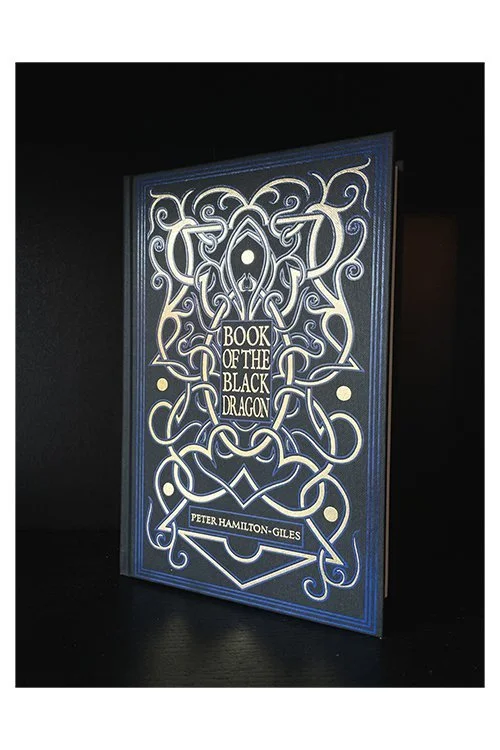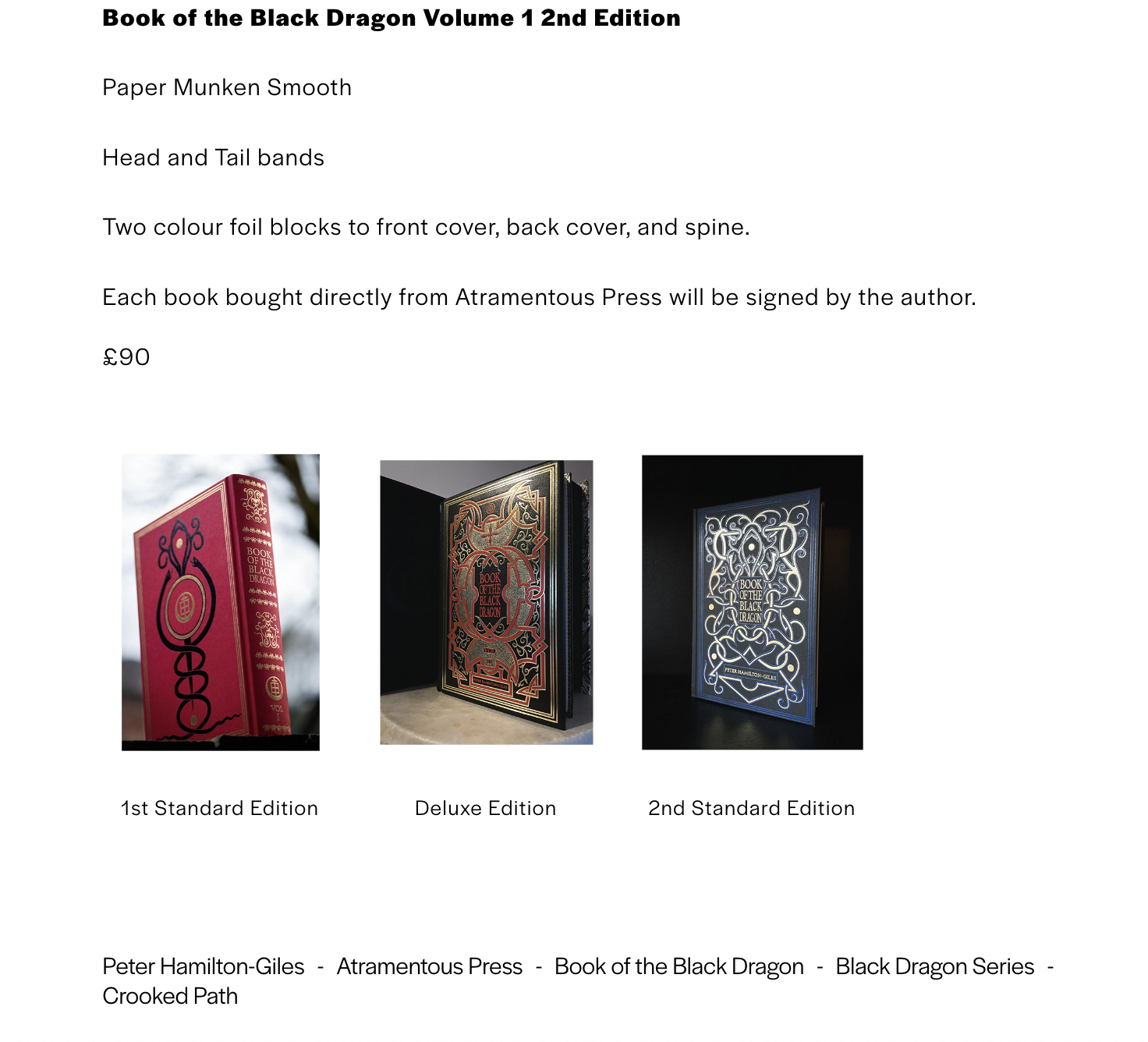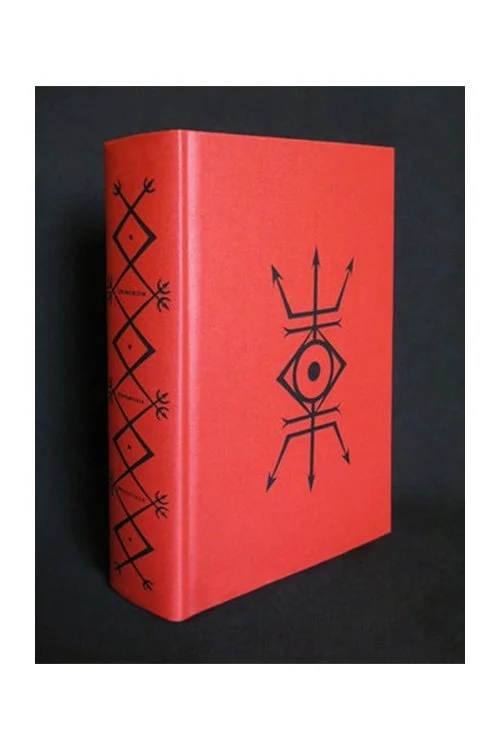Eye of the Beholder: The Possibilities & Potentials of the Occult Library
Hello readers, and welcome back to our weekly blog post. Our blog portion of the site has been incredibly well received, and we are delighted on the response we’ve had to our various interviews, features, and pieces. We view this reception as a microcosm of our greater project, and we are ever grateful for this response.
With this in mind, we’d like to take some time today to highlight a few of the potentials, possibilities, and research patterns which we envisioned for this project from the outset.
The reasoning for this deals in the cross-pollination, association, and relativity of so much of the material detailed on our site. Many works express an interconnection. For the practitioner, the collector, and the scholar, these points of connection can prove to be eminently fruitful should one locate and take the initiative to expand upon them.
Having accomplished this, our readers and users will find that the site serves as a valuable tool for following numerous trails of learning, and for widening the overview of patterns and currents in the occult community.
On one hand, this is encouraged through our intertwined system of links & tags connecting authors to materials, to publishers, to topics, and so forth. In short, associative trails may be traversed throughout materials and creators by virtue of this system.
On the other hand, this process is spurned by engagement with these very materials themselves. Let us offer up an example:
A reader, curious about Peter Hamilton-Giles’s work in The Book of the Black Dragon Vol. I, seeks more information. They proceed to visit our site. Locating the Publishers section, they travel to Atramentous Press’ portion of the space.
The book’s entry is located, and the seeker begins to read about the text. A descriptive portion is available, and the material catches the seeker’s attention. Curious about the provenance of the text, and other materials associated with the author, the reader locates a number of tags at the bottom of the book’s entry page:
Tags for adjacent pages and content can be seen at the very bottom of this entry for The Book of the Black Dragon
One tag leads to the author page for Peter Hamilton-Giles, wherein other works in the Black Dragon series can be found. These works expound on the themes and practices of the original text.
However, another tag is also present. This tag reads “Crooked Path.” This tag leads to thematically similar materials dealing with the Crooked Path, a term denoting a specific current of British traditional witchcraft.
The reader notices that a common denominator between Hamilton-Giles & the Crooked path is a work entitled The Dragon-Book of Essex. The work lists Hamilton-Giles as a contributing author, and the book falls within the thematic auspices of the Crooked Path. Yet a separate publisher, Xoanon Publishing, is listed for the work.
Herein lies a point of association & curiousity, previously unseen.
It is important here to note that, while The Occult Library was not incepted with the goal of documenting histories or thematic provenance, we do believe that the system we’ve devised can lead folks more effectively & efficiently towards their own understanding of such histories.
In turn, the reader now has drawn an association between a number of figures, texts, and publishers.
Our vision in this regard is a hope that readers will now have a more effective compass for guiding their own research and learning. In the instance above, our reader will perhaps carry out adjacent reading as to where such connections lie.
Hopefully they will uncover that Hamilton-Giles was an early member of the Dragon’s Column, a working group within the Crooked Path which developed the practical material in Andrew D. Chumbley’s landmark work The Dragon Book of Essex.
Andrew D. Chumbley’s The Dragon Book of Essex.
While this work was published under the auspices of Xoanon Publishing, Giles’ involvement with development ofThe Dragon-Book of Essex later led to his own expressions of of magical work via the publishing house Atramentous Press. This work manifested in the Black Dragon series of works.
In turn, a wide swathe of adjacent material is, in the very least, linked together in the guise of thematic content & metadata (“data about the data”). At best, the discerning reader will use these trails to hunt down greater context, history, and frameworks for their own practice and scholarship.
Much of this onus has been guided by our emphasis that we serve as a library. In turn, we highlight, as any other library does, the vitality of the interlinked & interconnected nature of information.
Information on its own may be useful, but it is axiomatic that relationships between forms of information are necessary to producing useful & meaningful forms of knowledge. As such, our focus has been to develop a structure that not only makes sense, but helps to foster such connections.
Early into the project, it was decided that engagement with professional librarians would benefit our project greatly, and help us to devise best practices for gathering and making sense of information. Indeed, the majority of our volunteer staff work professionally in library settings.
In conclusion, we encourage our users and readers to utilise this system to the best of their ability. Many, we feel, will be surprised at the level of connection many texts, authors, and publishers maintain. Patterns will no doubt emerge in regards to “who writes where.” This is beneficial to scholarship and practice, but also for the matter of simply getting to know the movements and nature of the community and its realms of knowledge building.
Happy hunting!
We thank our readers again for joining us on another week of reading. We look forward to what’s to come.
All the best,
— The Occult Library Staff




